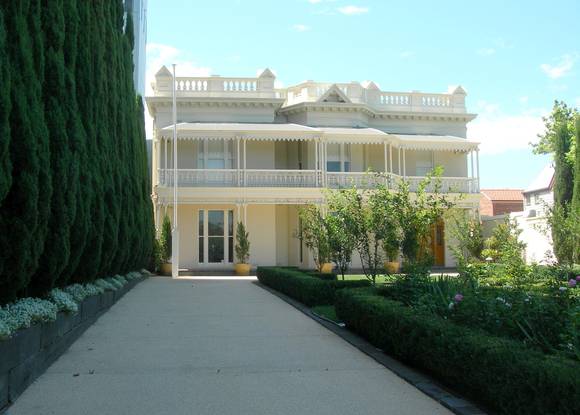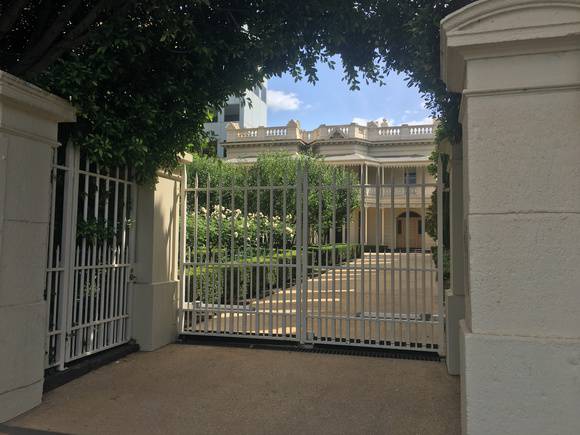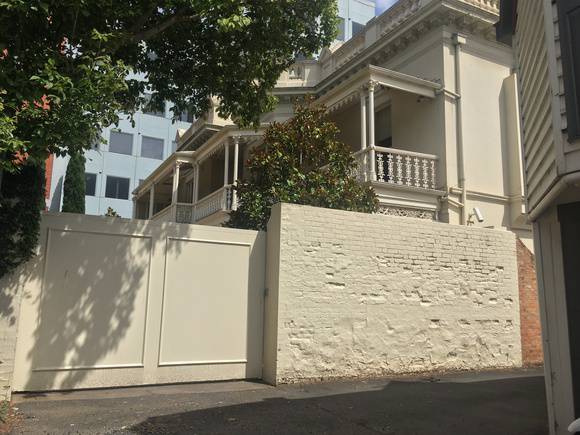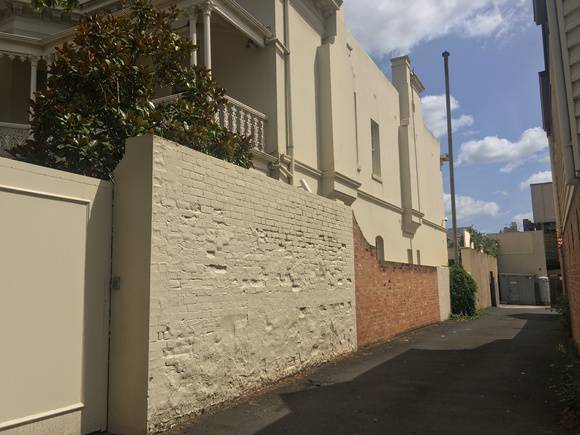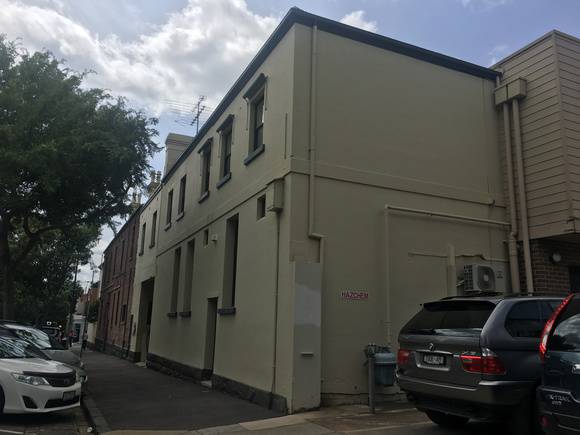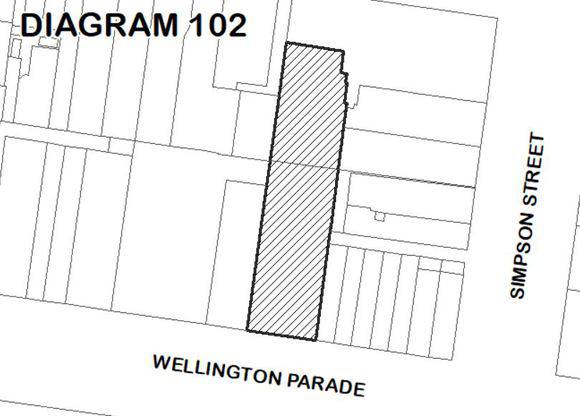| Back to search results » | Back to search page » |
|
ELIZABETH HOUSE
Statement of Significance
What is significant?
Elizabeth House, a two-storey Italianate mansion with service wing
(interiors and exteriors), and brick walls to the property boundary.
How is it significant?
Criterion A: Importance to the course, or pattern, of Victoria's
cultural history. Criterion D: Importance in demonstrating the principal
characteristics of a class of cultural places and objects.
Why is it significant?
Elizabeth House is of historical significance as a surviving example
of early development in East Melbourne, which was one of the earliest
desirable mid-nineteenth century residential areas to be developed
after Fitzroy, Collingwood and Richmond. Parts of Elizabeth House, and
brick walls surrounding the house, date from1855 which make the
residence one of the oldest in East Melbourne. (Criterion A) Elizabeth House is historically significant for its association with
prominent Melbourne public servant and banker James Denham Pinnock
(c.1810-1875), who served as Member for the Eastern Province in the
Victorian Legislative Council, alderman in the Melbourne Town Council,
and was director of the Bank of Victoria. (Criterion A) Elizabeth House is of historical and architectural significance for
its association with eminent colonial architect John Gill
(c.1796-1866), who designed several important early buildings and
residences in Melbourne, Ballarat, Castlemaine and Geelong. (Criterion A) Elizabeth House demonstrates the principal characteristics of an
Italianate style mansion. It is notable for its fine triple-fronted,
asymmetrical composition, complex roofline with heavy moulded cornice
and balustraded parapet, double-storey verandah with paired columns
and cast iron lacework. It is also notable for the retention of its
service wing, as well as sections of the brick boundary wall, which
date to the 1855 period of construction. (Criterion D) Elizabeth House is also significant for the retention of its
Victorian interiors which date to the place's period of extensive
renovation (1887-88). Notable interior features include moulded
cornices, skirting and architraves, paneled doors, parquetry and
stained-glass windows in the hallways and main reception rooms.
(Criterion D)
Group
Residential buildings (private)
Category
House


